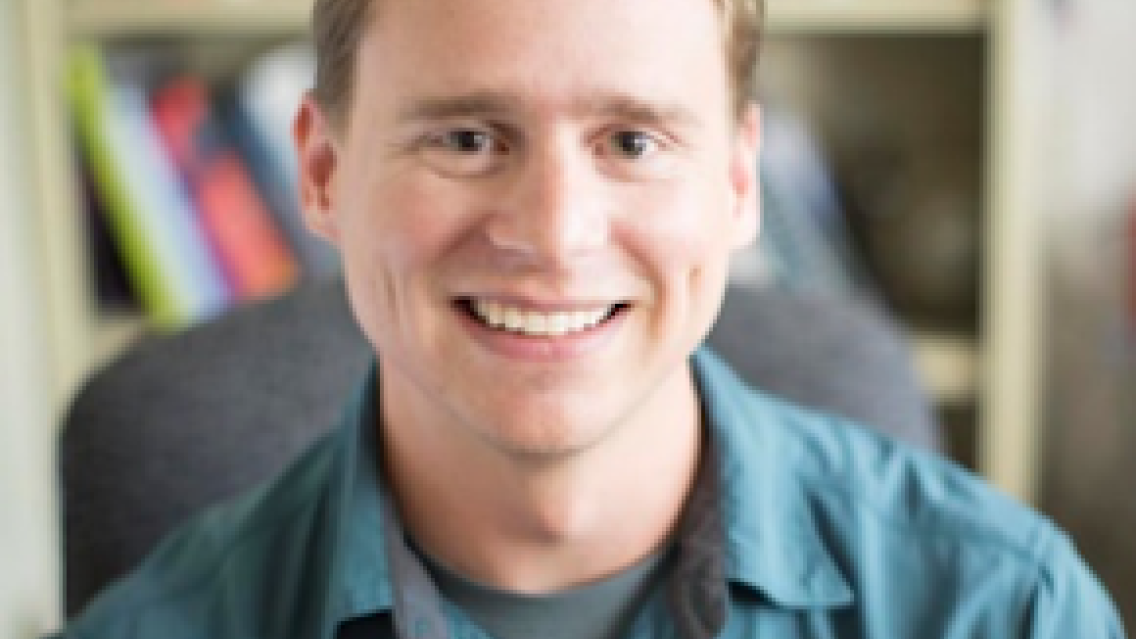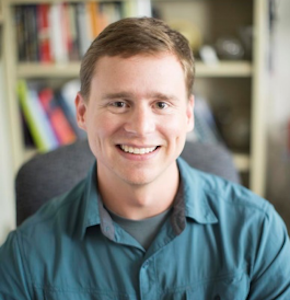Water and Disasters Thematic Lead Interview -- Eric Anderson

For more information about this SERVIR service area campaign, click here.
Name/Title
Eric Anderson, NASA/SERVIR-Mekong Science Coordination Lead and Disasters Theme Lead
 |
What is your educational background?
I have a Bachelor of Science degree in Environment from McGill University, and a Masters in Earth System Science from the University of Alabama in Huntsville.
What do you do in your current position? What are you working on now?
My main roles are to coordinate science activities in the Mekong region as well as the disaster-related activities across the SERVIR network. I have been researching how other groups, projects, and programs are applying Earth observations to reduce risk. This has led me to studying and observing about how risk financing works, and what are the gaps and opportunities that satellite data and models can provide in parametric insurance and forecast-based early action. This is important to me because so many people and systems are not “covered” when a flood, storm, or drought hits their home or livelihood. One of the ways to reduce this gap in protection is to have a better idea of the historical and current trends in these hazards. This is where space agencies, Earth scientists, and boundary organizations can lend a hand.
What are the biggest water/disaster challenges in the Mekong region? How can GIS and remote sensing technologies help address these programs?
Usually too much or too little water triggers disasters. Heavy rain can cause floods in low-lying areas and landslides in steep areas. We have to understand that all floods are not bad, and that millions of people rely on seasonal floods for irrigation and nutrient transport. The unexpected or severe changes in seasonal flooding (or drought) create shocks to systems. This is where combining in situ measurements, remote observations, and models of precipitation, soil moisture, streamflow, etc., can be used to help us better prepare for less-than-ideal conditions. With more reliable data on these geophysical phenomena and the people and systems that interact with them, we are closer to reducing risk and increasing resilience.
In some cases, we lack inventories of hazards, especially landslides. When it comes to land use planning and early warning, we need a good record of historic events in order to understand how geology, rainfall, terrain, land cover, population, and infrastructure all contribute to landslides. There’s not a one-size-fits-all model to forecast landslides at a regional scale. While there are many approaches to map landslide susceptibility, we cannot even start if we don’t have an inventory of recent events. This is where a good record of high resolution historical imagery can help. We’ve recently held mapathons to identify over 1000 landslides in Myanmar and are testing what regional factors lead to landslides. In doing this, we are not only combining data sources and methods in a new way; we are also bringing together interested people from several different research and development organizations in the U.S. and Southeast Asia.
What specific tools and technologies are you using to solve these problems?
Data: Digital elevation models (NASA/USGS Shuttle Radar Topography Mission), satellite precipitation (TRMM, GPM, and CHIRPS), population density data (NASA/SEDAC), land cover data (usually derived from Landsat), and more…
Tools: Statistics (Maxent, logistic regression, fuzzy logic), using free-and-open packages such as R. We also use ArcGIS and Google Earth Engine to help us prepare geospatial datasets and map results. Google Earth also provides a great record of historic high-resolution imagery for visual identification of landslides. We are also exploring some of the benefits and challenges of crowd-sourcing landslide locations.
What do you find unique about your work with SERVIR?
Working in a capacity building project with an international focus, we pay a lot of attention to people and institutions. All of the people and institutions we work with have different aspirations, mandates, strengths, and weaknesses. These differences could be seen as conflicts or barriers to working together. Yet, SERVIR is a program that finds a good alignment of all of these things to make “applications” of Earth observations more meaningful and impactful. I love what Africa Flores says: “Even though we are very different—we look different, we even speak different languages—we all share the same passion and the same goals.”
How will SERVIR and the wider GIS community benefit from the new services and applications you are developing?
I need to turn this question around. I am really excited by the positive influence that the development professionals and social scientists in the SERVIR network have had on us Earth scientists. The extremely well-thought-out consultations and needs assessment approach and whole service planning framework have made me think differently about how I might develop or apply satellite data in a more sustainable and impactful way. I love sharing this approach with fellow researchers or students who want to pursue science and see their work have a tangible impact. I think the global Earth observations community could do better in terms of how it designs applications for societal benefit. Making satellite data freely available is a start, but we need people who can make free data useful and relevant to unique decision-makers’ most pressing needs. And it has to work well within users’ current systems. A good way to do this is to involve our users as co-developers, not as recipients. We also need to understand our users as people with their own sets of values, their unique day-to-day challenges, and with their own personal and institutional goals. Capacity builders – people who work in SERVIR and similar programs – do best if we can understand people. The author Harper Lee explained it best through the character Atticus Finch (in the book, “To Kill a Mockingbird”) when he told Scout, “You never really understand a person until you consider things from his point of view—until you climb into his skin and walk around in it.”
This interview was conducted by Kathleen Cutting at SERVIR’s Science Coordination Office and has been lightly edited for style and length.

